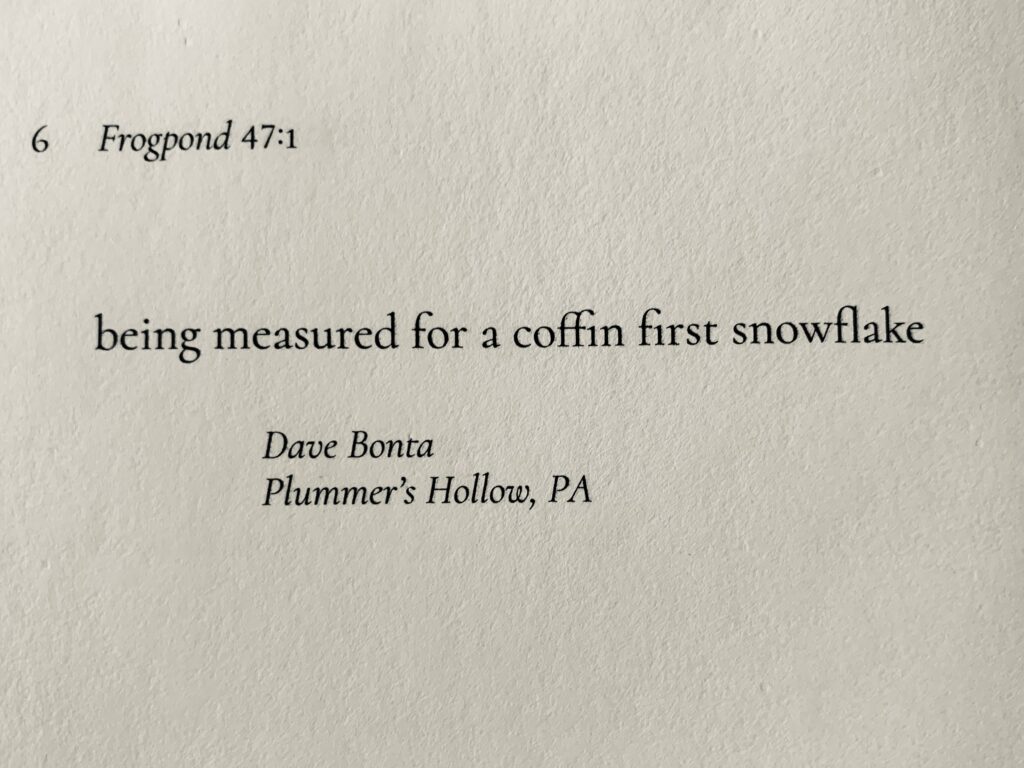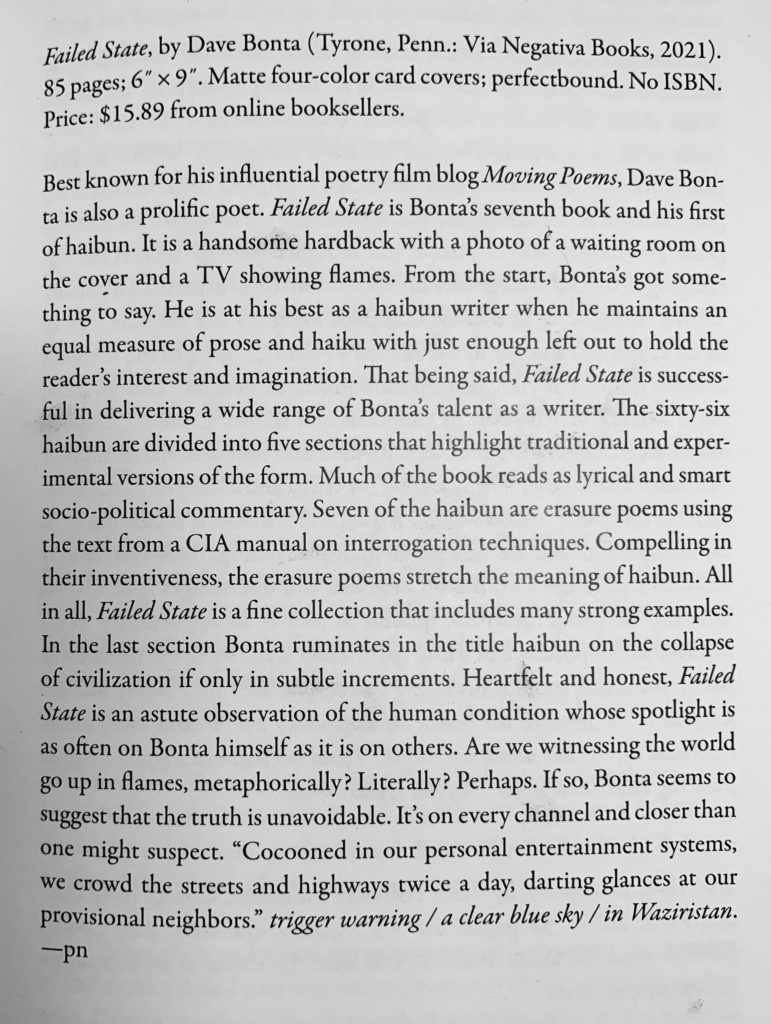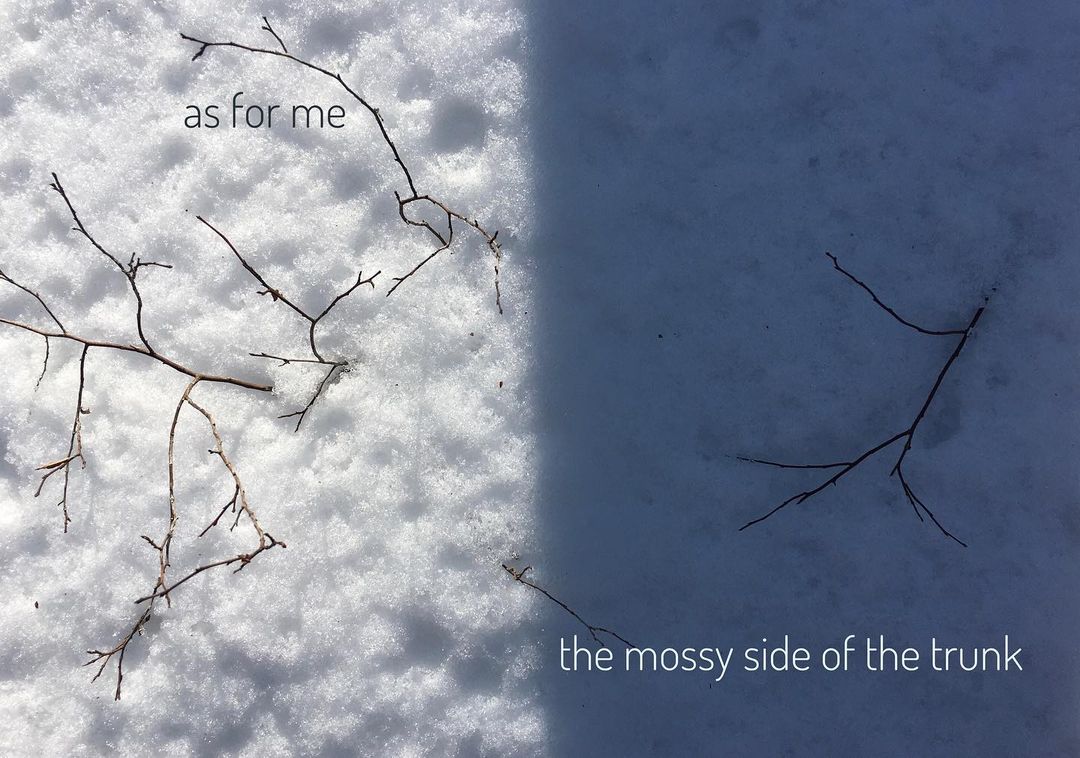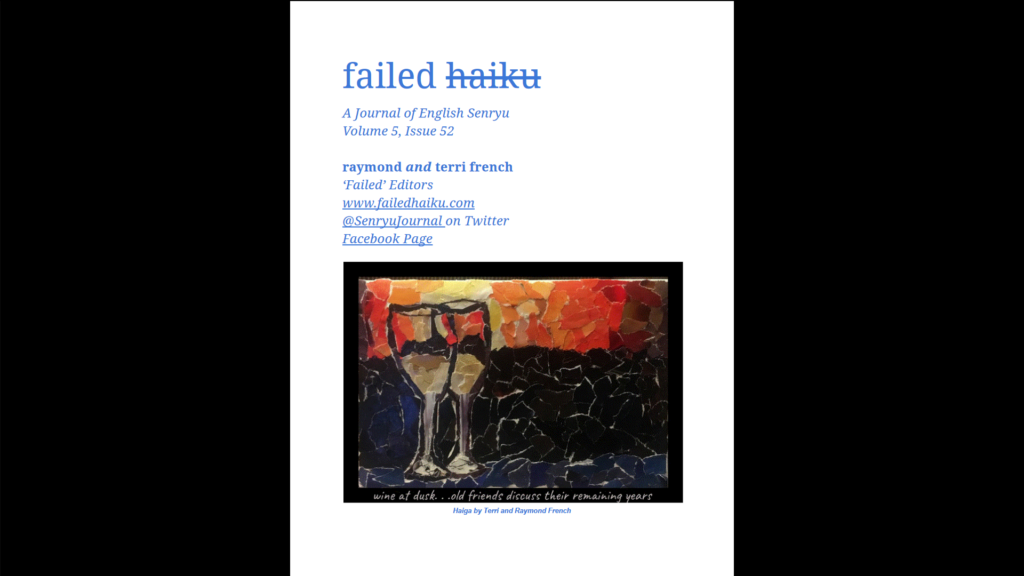A batch of haiku and haibun that I wrote last summer specifically to send out—some with darker imagery, influenced by my regular consumption of death metal—has met with mixed reactions from editors: acceptances from tinywords, The Heron’s Nest, Modern Haiku, Frogpond, and Drifting Sands Haibun (as previously noted) but no bites from Acorn, Whiptail, Rattle, or Contemporary Haibun Online. The one in tinywords appeared back in October:

The image came from a lengthy article in the Chesapeake Bay Journal, an essential source of environmental news for anyone living in the Chesapeake watershed.
My haiku in The Heron’s Nest came about in the approved manner, however: an encounter in nature prompting a nearly instantaneous response, in a haiku all about responsiveness.

I’m grateful to the editors of Frogpond, the journal of the Haiku Society of America, for selecting this one for their Winter 2024 issue:

This had been included in the batch I sent to Modern Haiku, but editor Paul Miller chose this one instead:

I love and read all these journals whether I place work in them or not, so it’s fun to feel as if I’m taking part in building something bigger than ourselves. That something being, I think, no less than a complete reassessment of how we in the West relate to nature: seen no longer as something apart from humans but a spontaneously self-organizing cosmos, “of itself thus” as the two-character compound for “nature” in Japanese and Chinese may be translated. But that’s a topic for another post.
I suppose it’s worth mentioning, for those who might be curious, that I do not necessarily hold my best haiku to send out. If I get an idea for a photo haiga, that sucker is going up on my photoblog and on social media right away, because I think sometimes the immediacy of haiku is more important than anything else. And by sharing these kinds of haiku more widely, with people who aren’t already up to speed with the modern understanding of Japanese short forms in English, my hope is to enlarge the tent of modern haiku readers and creators.





